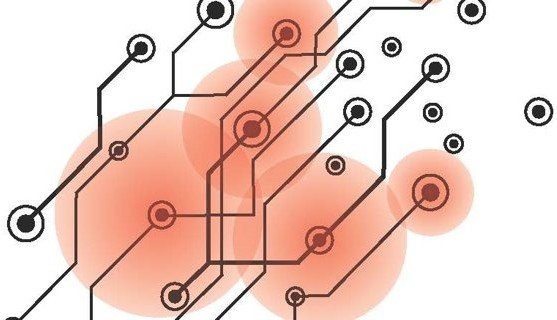Clever timing for computers produces less heat
February 04, 2019
on
on

Computer systems produce a lot of heat. That is why data centres are full of fans, and even a smartphone can become quite warm. Reducing the energy consumption is therefore one of the big challenges for information technology.
Source: University Twente
Landauer
That pursuit has, however, a theoretical lower limit, which has already been stated in the '60s of the previous century by Rolf Landauer (1927-1999, at the time a scientific researcher with IBM). This bottom limit depends on the temperature. However, researcher Jan Klaers from the MESA+ Institute at the University of Twente has now demonstrated that when the timing of the computer operations and the temperature are synchronised in a clever way, it is possible to go even below this Landauer limit. The new theory, presented in the Physical Review Letters, may result in electronics that are more energy efficient.Thermodynamics
Long before the large-scale introduction of computer systems, in 1961, Landauer published his famous article about the minimum amount of energy that is necessary to change a bit, that is, to change from a ‘1’ to a ‘0’ state. This minimum energy depends on the temperature, according to the ‘Landauers erasure principle’; this erasure principle links the laws of thermodynamics with those of information theory. In 2012 this theory was experimentally verified (as described in Nature).Lower limit
For the present generation of computers this lower limit does not yet come into view, these still use a thousandfold of the lower limit. But this could change quickly in the coming decades. Will computers then reach a fundamental lower limit? Jan Klaers has demonstrated that the energy use can be reduced by cleverly synchronising computer operations and temperature. The erasing of a bit then requires a little bit less energy – less even than the Landauer limit.Temperature valley
When you look at the many logical operations that take place in a computer, you will see a complex temperature profile. This is not that strange, because a change in temperature as the result of one operation is also felt by the logic ‘gates’ nearby. Despite the complexity, one thing is clear: temperature and energy consumption have the same ‘rhythm’ as the clock of the processor. These are called ‘squeezed’ thermal states. So it can happen that the same operation uses less energy: only a matter of timing. By sitting at exactly the bottom of the temperature profile every time, you can let the system do the same thing at a lower temperature and it then consumes even less energy than Landauer predicted.Minimalistic model
For this Klaers analysed a minimalistic model that represents a 1-bit memory. The experiment strongly resembles the one that Landauer performed himself to demonstrate his principle. This is the fundamental basis, according to Klaers; further research will have to show how you could synchronise the temperature in practice and what energy benefits can be obtained.Source: University Twente
Read full article
Hide full article


Discussion (0 comments)